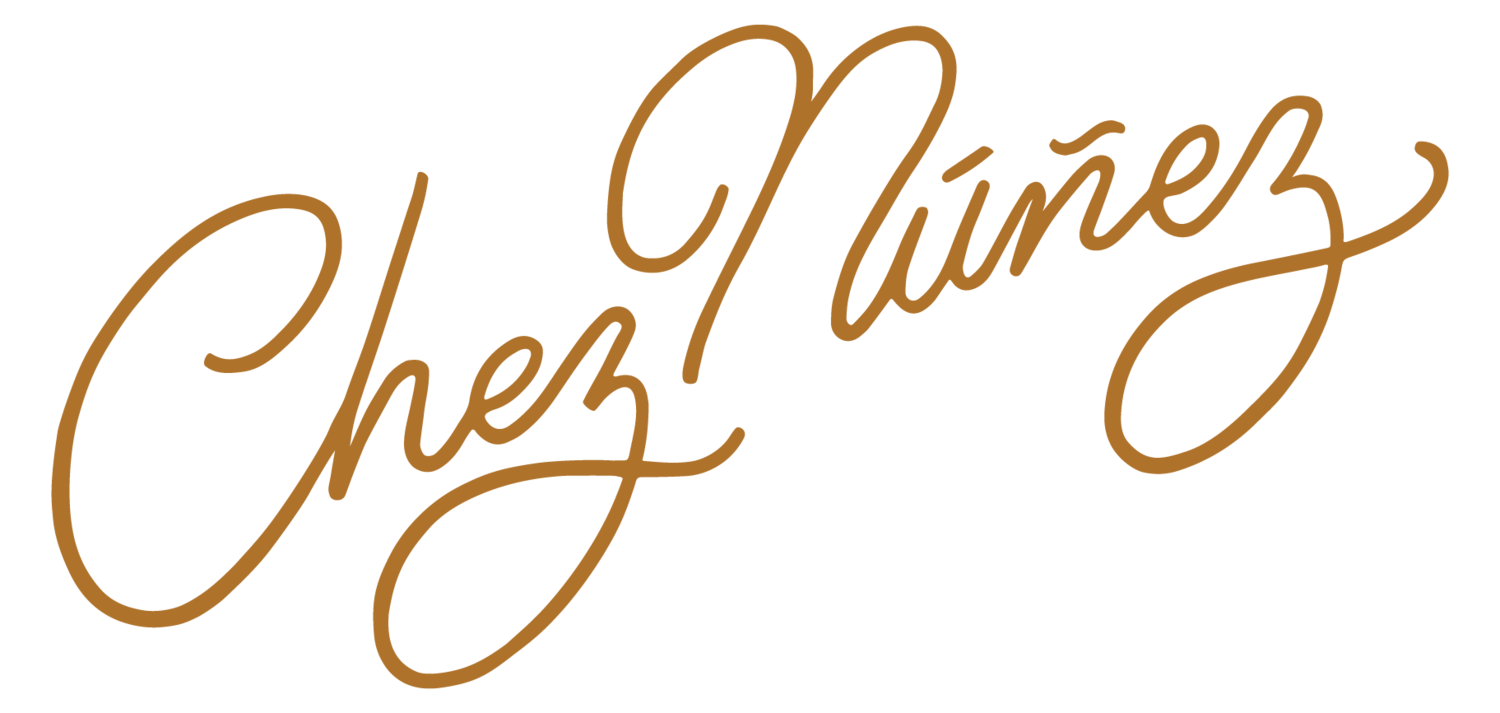My Formula for a Strong Brand Color Palette
I really really love colors. I love the way that carefully chosen colors can communicate a brand’s style or mood in just a glance, strengthen a brand’s ability to communicate with it’s audience, and set a brand apart from others.
When I’m choosing a brand’s color palette, I rely on different variables and multiple steps of discovery to inform the process. Although rules in design are never set in stone, and colors themselves can always vary, there is a general formula that I tend to follow when constructing a brand’s palette. The purpose of following this formula is to make sure that the future collateral needs of the brand can be met through the use of their colors.
I tend to cap brand color palettes at around 5-6 colors. These are the names and purposes of each:
The Bold Statement Color
This is the color that identifies the most with the feeling and mood of the brand. It should be distinct and memorable. Since this color will likely be used the most often, I find it helpful to choose this color first, and then base the rest of the palette around it.
The Bold Complimentary Color
For this color, you’ll want to select something to compliment your statement/primary color. I see this color as being useful in instances when a design or text needs extra emphasis. If the process of selecting a complimentary color isn’t intuitive, use a color wheel for inspiration.
The Accent Color
The accent color should lean more on the neutral side and should be something which ties your statement and complimentary colors together. See this color as another option for a range of needs.
The Dark Neutral Color
This is the color that is most commonly used for text in places like your website, email letters, and marketing materials - so it’s key that you include it within your brand’s palette! There’s a flexibility to avoid simply using black - for example, you can add a hint of blue, green, brown, etc. into the dark neutral to better align with your palette - but all-in-all, it needs to be much darker than the rest of your colors in order to allow for readability.
The Light Neutral Colors (1-2)
These are the colors that will most commonly serve as background colors on a website or in marketing materials. I recommend leaving these for last, and selecting them as softer extensions of the palette established up to this point.
Pro Tip: When choosing a color palette for your brand, try doing so using the ‘Eyedropper Tool’ in Adobe Illustrator. You can input a handful of images that align with your desired color palette, and then select colors straight from the images. This helps give a great starting point, and adjustments can be made from there to refine the overall palette.
Thanks so much for reading! Did you find this helpful? Do you have a question or topic that you’d like me to cover in my next blog post? Let me know in the comments.

